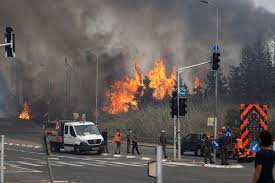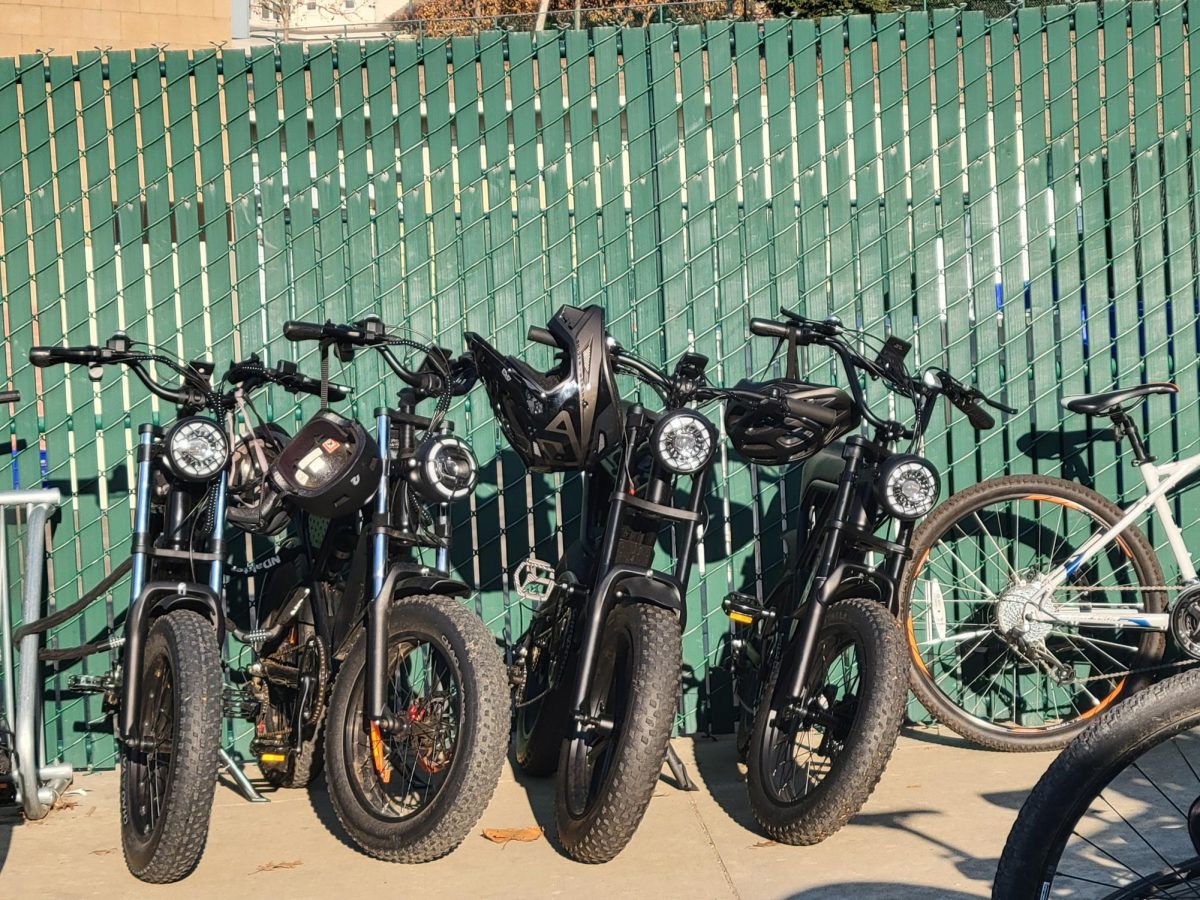On December 5th, students all over the Fallon campus passively went about their normal day. But at approximately 10:44 AM, several miles away, a natural disaster struck. The lights hanging in the classrooms quivered as students and staff continued their work, unaware of what was going on. Few people noticed the shaking and told their friends. Just minutes later, all phones and smartwatches began to ring with an emergency alert about an incoming tsunami. There had been an earthquake along the coast.
Citizens of California live by the border between the North American tectonic plate and the Pacific tectonic plate. These plates sit on a bed of molten rock, or magma which allows the plates to move. When this happens, earthquakes occur.
On December 5th, the tectonic plates shifted with a sudden jolt that shook the ground. The magnitude, or strength of the earthquake, at its epicenter, just offshore of Northern California, was 7.0. It was felt over 300 miles away from where it had happened, including here in Dublin.
In addition to the destructive shaking, a tsunami warning had set off on all phones in the area. This is because, in the zone between the North American and Pacific tectonic plates, one plate gets thrust under the other, called subduction. This causes the earth to shake and the tides to recede suddenly. These receding tides don’t stay far for long. In a matter of minutes, a massive tsunami hundreds of feet tall could rush to the shore and wipe away buildings and other property. Students all over the Fallon campus were puzzled about what had happened.
“I thought it was an Amber Alert or something.” said Drew Richards, an 8th grader at Fallon, “I didn’t feel any shaking.”
7th grader, Lucas Ng stated, “I don’t know, I mean, it was kinda confusing.”
About a day later, after all the clamor had settled, the tsunami warning was canceled. It is currently safe to say that the worst of this earthquake’s effects have passed, but the area is still at risk of aftershocks and maybe even tide changes. Citizens should stay aware of the natural disasters that can occur in the future.
































Kevan • Jan 8, 2025 at 1:59 pm
Very cool!